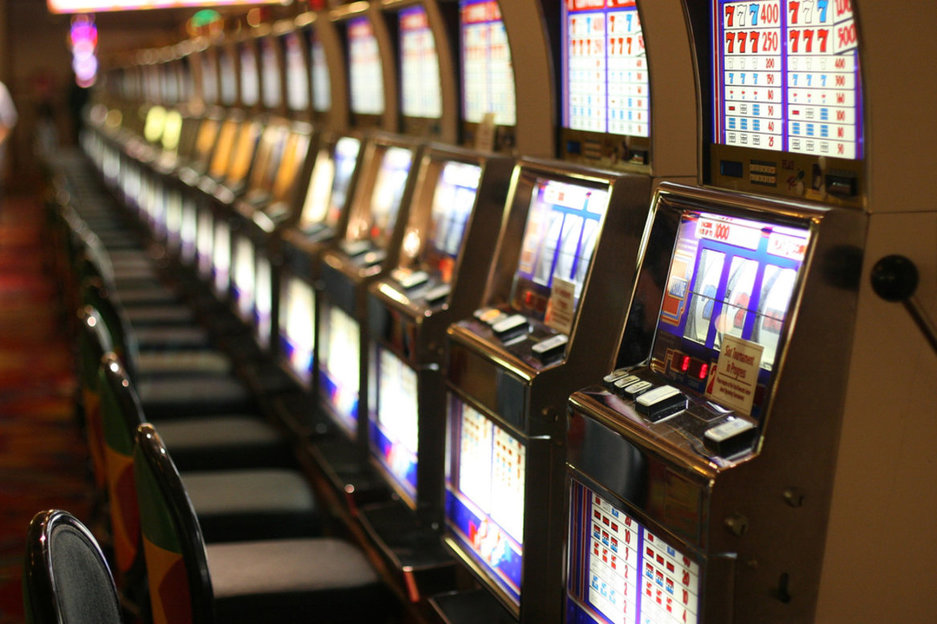The intersection of psychology and design in slot machine layouts is a captivating field that delves into the intricate ways in which the human mind interacts with visual stimuli to create a compelling and addictive gaming experience. Slot machines, ubiquitous in casinos and online gaming platforms, are meticulously crafted to engage players on a psychological level, exploiting cognitive biases and behavioral tendencies to maximize player retention and spending. At the core of slot machine design is the understanding of human psychology, particularly the principles of operant conditioning and reinforcement. The use of vibrant colors, flashing lights, and captivating sound effects serves to create a sensory-rich environment that stimulates the brain’s reward centers. The anticipation of winning activates the brain’s dopamine system, providing players with a pleasurable sensation akin to a small reward. This neurological response reinforces the behavior of playing the slot machine, creating a loop of positive reinforcement that keeps players engaged.

The layout of slot machines is carefully orchestrated to optimize player engagement. One common design element is the near-miss effect, where the symbols on the reels stop just short of a winning combination. This near-win scenario triggers a sense of frustration and encourages players to continue playing in the hopes of achieving the elusive jackpot. Additionally, the use of asymmetrical reel layouts and varying symbol sizes contributes to the unpredictability of outcomes, keeping players on the edge of their seats and heightening the excitement of each spin. Psychological research suggests that humans are drawn to patterns and symmetry, and akun server thailand slot machine designers leverage this tendency to create visually appealing and easily recognizable symbols. Familiar symbols, such as fruits, bars, and lucky sevens, evoke a sense of nostalgia and simplicity, making the game more accessible and relatable to a broad audience. The use of thematic elements, such as popular movies or cultural references, further enhances the emotional connection with the game, enticing players to engage with the narrative and immerse themselves in the gaming experience.
The concept of loss aversion also plays a pivotal role in slot machine design. Players are more sensitive to losses than gains, and slot machines are calibrated to provide a series of small wins interspersed with occasional larger losses. These dynamic keeps players emotionally invested in the game, as the fear of losing money often outweighs the pleasure derived from winning. The incorporation of in-game bonuses, free spins, and progressive jackpots further contributes to the illusion of potential windfalls, encouraging players to chase after the next big payout. The intersection of psychology and design in slot machine layouts is a fascinating exploration of how visual and auditory stimuli can influence human behavior. Slot machines are meticulously crafted to exploit cognitive biases, capitalize on psychological tendencies, and create an immersive and addictive gaming experience. As technology advances, the synergy between psychology and design will continue to evolve, shaping the future of this ever-evolving intersection in the world of gaming and entertainment.